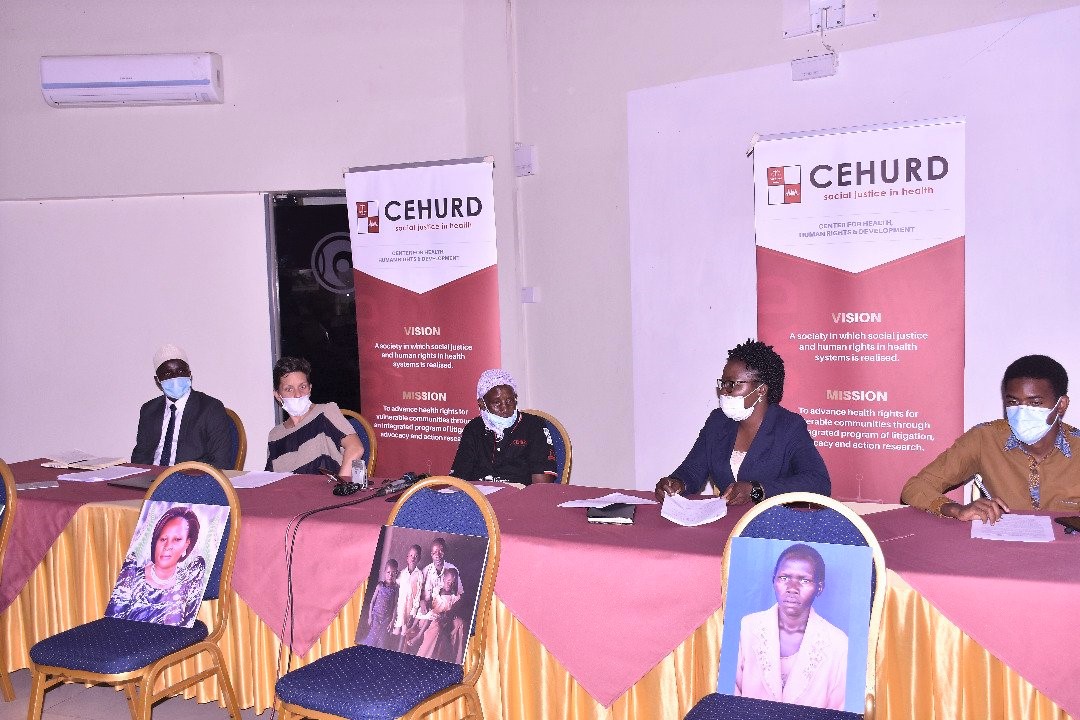by Daniella Khanani
In 2018, a six-year-old girl’s limb was amputated as a result of a medical error. The medical personnel injected the wrong drug in the child’s arm, causing complications. The amputation had to happen in order to avoid further complications that would have led to the girl’s death.
When patients seek health care, they are exposed to potential risks, errors and harm as the little girl’s experience illustrates. For more than a decade, the status of patient safety globally was discussed without clear steps forward. This went on until May 2019, when the World Health Assembly agreed to mark off every 17th September as World Patient Safety Day. The major objective of marking the day is to create awareness about patient safety and urge, especially for the member states to show their commitment in making health care safer.
Patient safety, according to the World Health Organisation, refers to a healthcare discipline that emerged with the evolving complexity in healthcare systems and the resulting harm in facilities. . This basically aims at reducing and preventing the risks, errors and harm that occurs to patients during the provision of health care.
This year, the focus of World Patient Safety Day is on health workers. This is timely because the slogan states, “safe health workers, safe patients”. The COVID-19 pandemic has brought this truth to life since people are wary of visiting medical facilities if they even suspect that some of its personnel have tested positive. Yet there is no running away from medical workers if people are to enjoy the right to health.
One of the elements of the right to health is the quality of care. This envisions the provision of scientifically and medically appropriate health services, including availability of skilled medical personnel, scientifically approved medical equipment and unexpired drugs, to mention but a few.
Statistically, over 2.6 Million deaths occur annually due to unsafe care of patients in hospitals yet over 80 per cent of the harm created in different health facilities can be avoided. The most common reasons for the occurrence of harm to patients include: Medical errors caused by wrong prescriptions of medicines by unskilled or negligent medical personnel; lack of standard procedures for storage of medications that look alike; poor communication between the different health providers; lack of involvement of patients in their own care; and unsafe surgical and transfusion procedures, among others.
In Uganda, the recurring causes of an unsafe environment for patients include the existence of numerous unskilled personnel in the health facilities and low patient involvement in their own safety. The Uganda Alliance of Patients Organisation (UAPO) is one of the entities that deals with the protection of patients’ rights in the country. The Alliance organised a workshop in 2019 and one of the attendees had this to say:
“I had a health condition and though I was in much pain, I did not want to be treated by a general doctor, I wanted a female specialist, the doctor on duty told me that if I wanted to get better, I should allow being treated by any doctor, I insisted that I wanted a specialist, they asked me whether I wanted to get better or see a specialist, they got bored with me and said I had “lugezigezi”, to mean being difficult.
This indicates the likelihood that Uganda health workers at the facilities don’t give the required time and attention to heed to the patients requests. .
With the celebration of World Patient Safety Day, it’s important for the various health workers and the persons in charge of health facilities in the UN Member States, to ensure that credence is given to health workers as this trickles down to the patients. Supported health workers will be in a better position to support their patients. Additionally, this would prevent patients from resorting to self-medication as well as unapproved herbal medicines that have dire effects.
Supporting health workers
The Ugandan government needs to ensure that more skilled doctors are deployed in the health facilities because the patient- doctor ratio in Uganda is 1: 25725 whereas the patient Nurse ratio is 1:11000. The inadequately staffed health facilities is one of the reasons for the increased danger to patient safety/This leads to the overworking of medical officers at these stations, making them prone to being rude and contemptuous towards patients, especially when the patients have no money to pay for their services.
There have been numerous complaints by patients of medical officer’s negligent and uncouth behaviour towards them. This is majorly as a result of discontentment and the fact that the government underpays them, in addition to the staffing issues highlighted earlier. The government therefore has to cater for the health workers’ welfare, especially with regard to their pay, which will improve their attitudes. This is an obligation that can only be carried out by the government.
The health sector in general requires more funding than it currently receives. The Constitutional Court in its recent judgment in CEHURD & Others V Attorney General Constitutional Petition No. 16/ 2011, given in August 2020, noted that there was need for the government to increase funds allocated to the health sector. This is in order to reduce the corruption of the various health workers at these institutions and to ensure that all patients are able to access basic healthcare services at each health centre in the country, free of charge.
Once this judgement is implemented, then the status of patient’s safety countrywide, especially the pregnant mothers, will greatly improve. In turn, this will reduce the number of mothers that die due to inaccessibility of quality care.
Patients should be able to afford health services
The commercialisation of health services by the service providers needs to be checked. A few weeks ago, the Ministry of Health announced that Mulago hospital will be charging $65 (approximately Shs240,000) for voluntary COVID-19 tests. With the looming economic breakdown that has been caused by the pandemic and the laying off of most labourers from their workplaces, this fee is unreasonably high and makes the health facility inaccessible to persons who earn less than a dollar a day. This puts the life of persons who would genuinely like to know their status but cannot afford the test, at risk.. Such commercialisation of health services, especially in developing countries like Uganda therefore needs to end in order to ensure that health services are accessible to all.
In conclusion, despite the fact that Uganda as a country is making great strides to ensure the protection of patient’s safety countrywide, much more still needs to be done. Safeguarding the rights of health workers, which include putting in place safety measures to protect them and ensuring that patients are able to access health services and facilities at the lowest cost possible. Once these loopholes are tackled, then patient’s safety in the country will be guaranteed.





